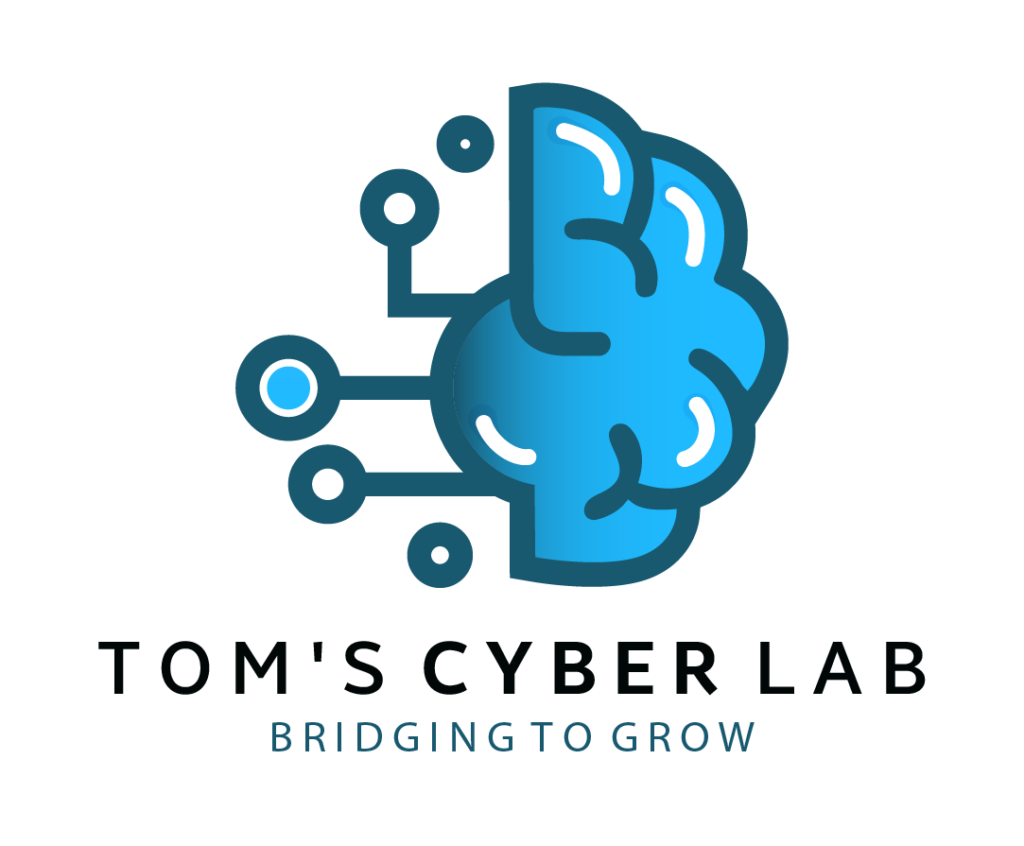1836
Cooke and Wheatstone patent it.
Why is this relevant?
- Revolutionised human (tele)communications.
- Morse Code a series of dots and dashes used to communicate between humans. This is not a million miles away from how computers communicate via (binary 0/1) data today. Although it is much slower!!
1858 - 1866
Allowed direct instantaneous communication across the atlantic.
Why is this relevant?
- Today, cables connect all continents and are still a main hub of telecommunications.
1876
Alexander Graham Bell Exhibits.
Why is this relevant?
- Telephones exchanges provide the backbone of Internet connections today.
- Modems provide Digital to Audio conversions to allow computers to connect over the telephone network.
1957
First artificial earth satellite.
Why is this relevant?
- The start of global telecommunications. Satellites play an important role in transmitting all sorts of data today.
- In response, US forms the Advanced Research Projects Agency (ARPA) within the Department of Defense (DoD) to establish US lead in science and technology applicable to the military.


